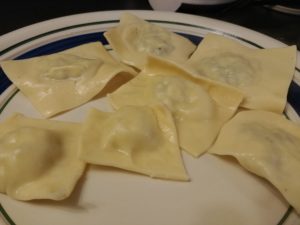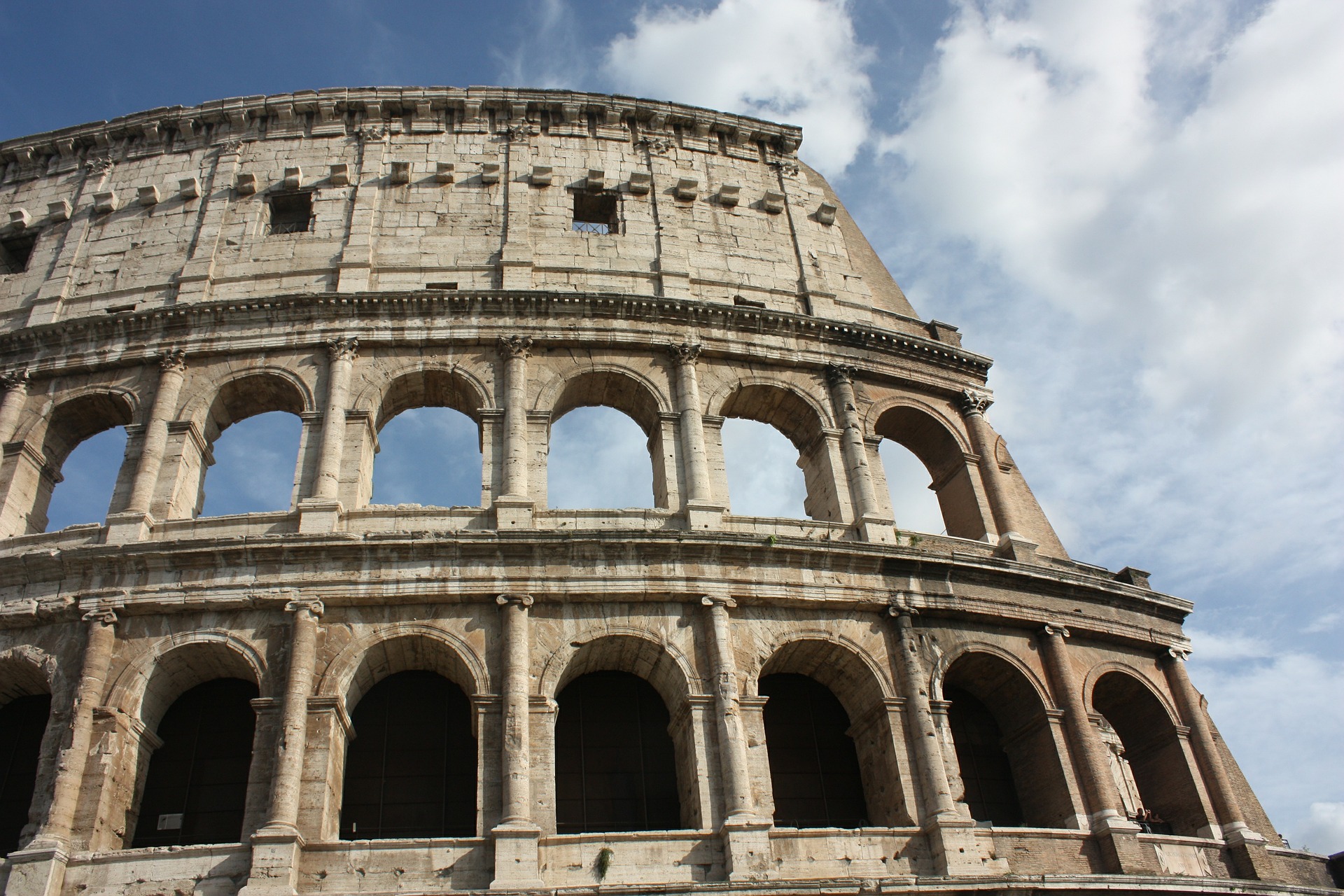Ravioli
This month at Montengarde Cookery Group the theme is Eat Your Vegetables, so it’s time for some spinach ravioli.
I’ll let you in on a secret, although I love redacting recipes and cooking them my wife, HL Kayleigh de Leis, is the better cook, especially when it comes to pastas. So she’s the one making it this time.
This month’s is coming from Sabina Welserin’s 1553 German cookery book. Rabiolin zú machen or “to make ravioli”.
(more…)31 To make ravioli
Take spinach and blanch it as if you were making cooked spinach, and chop it small. Take approximately one handful, when it is chopped, cheese or meat from a chicken or capon that was boiled or roasted. Then take twice as much cheese as herb, or of chicken an equal amount, and beat two or three eggs into it and make a good dough, put salt and pepper into it and make a dough with good flour, as if you would make a tart, and when you have made little flat cakes of dough then put a small ball of filling on the edge of the flat cake and form it into a dumpling. And press it together well along the edges and place it in broth and let it cook about as long as for a soft-boiled egg. The meat should be finely chopped and the cheese finely grated.



You must be logged in to post a comment.